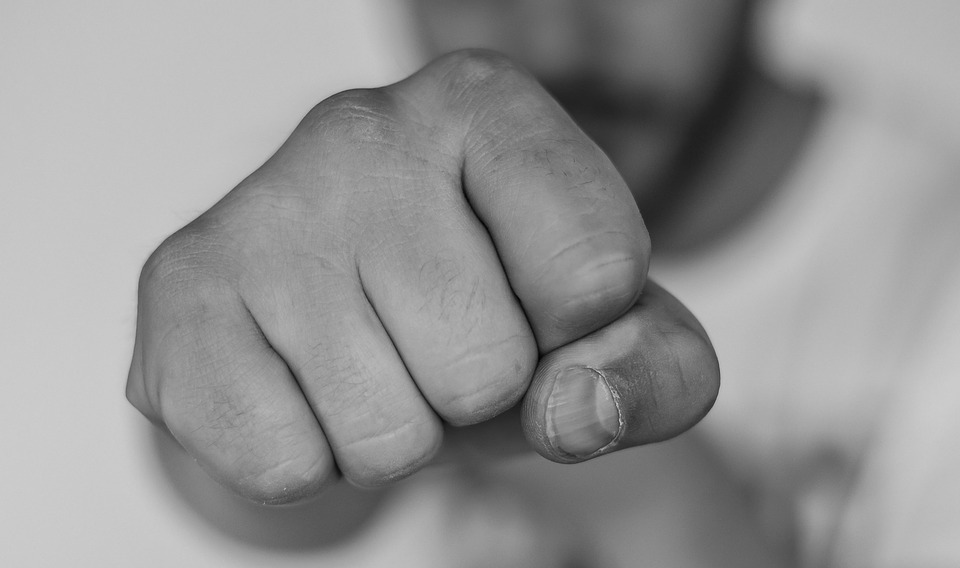Everyone has the right to protect themselves. However, as we grow older, defending ourselves has become a much more critical and urgent concern.
As we age, our bodies become weaker – thus, our movements become slower. That is why the older population is usually a favorite target of criminals because they look vulnerable to them. But even if you are of advanced age, it does not mean that you do not have the power to defend yourself! You can protect and make yourself safe from potential attacks.
However, the concept of self-defense among older people is a bit more different. It has more to do with not showing signs of fear or weakness than with ways on how to beat up an attacker. But of course, it also helps to know a thing or two about actually thrashing an assailant in order to prepare yourself for the unexpected.
Avoiding to become a target
Staying yourself safe in the first place is, in most cases, the best way to prevent yourself from becoming a potential target from attackers. That way, you do not even need to defend yourself.
Most attackers won’t just lunge at you. First, they usually study your way of walking, your movements and your mannerisms far away from some street corner. If you look weak, distracted, or frightened, you could be easy prey! Avoid getting victimized by following these tips:
1. Become aware and alert of your surroundings. Whenever you walk down the street, do not forget to scan the surroundings around you. It will help you to recognize potential dangers. If you feel that there are threats lurking around you, you
2. Walk with your head and chin up high, and keep your shoulders up and straight. Walking in this manner and appearance will deter criminals.
3. Avoid attracting attention by not carrying your phone, not wearing extravagant jewelry, not carrying expensive handbags or not counting your cash after withdrawing it from the ATM. If you are taking a purse with you, hold it close to your body as possible, or hide it in more secret areas of your clothing like a pocket inside your jacket.
4. Do not talk on your phone or stare down at a map (whether it is a regular map or Google Maps), while walking. In this manner, you will lose awareness of your surroundings, making you a potential target. If you need help, go inside a store, shopping mall or any other establishment where there is an information center, where a clerk or a staff member can help you.
Basic methods in avoiding an attack
But even if you try your best to prevent yourself from becoming a target, attackers will still go after you. If you find yourself in a more dangerous situation, that’s where you have to defend yourself. Here are some fundamental techniques to avoid an attack.
1. Shout, blow a whistle or trigger a personal safety alarm – make any noise to deter and distract your attacker. If your voice is too frail to shout or you are too weak to blow a whistle, use a personal safety alarm. These devices are usually small and can fit in the palm of your hand. You can carry it in your purse or pocket. They may be small, but they emit sounds that are so loud that they can be heard up to several hundred feet away. The loud noises will also alert bystanders or patrolling police officers who will come to your rescue.
2. Use any weapon that you have available. Hurl stones towards your attacker or throw dirt or sand at him to irritate his eyes. If you have car keys, use them to jab into his more vulnerable parts such as the eyes and nose. Even ordinary canes can become an effective self-defense weapon, but not a lot of seniors do not realize this. There are training sessions that involve the use of an ordinary walking stick as a self-defense tool.
3. You may be no match for a bigger or stronger assailant, but they have vulnerable spots, too. Aim for the more sensitive and weaker areas of their body such as their eyes, nose, neck, knees, and groin. It depends on how close (or far) you are from your attacker and their weak spots, which will help you determine where you will be able to deliver your meanest blow. For instance, if you are struggling to pull away from your attacker face-to-face, kick or knee him in the groin. This will definitely bring your attacker down, allowing you to run away.
Learning martial arts and self-defense tactics
Learning martial arts and self-defense methods can empower seniors. It will boost their self-confidence. With their improved self-confidence, people will change their minds about seeing older adults as vulnerable, weak, and easy prey to attacks.
There are many benefits of learning martial arts. Aside from boosting confidence, it will help improve their strength, coordination, and mental sharpness. It also teaches self-discipline and respect, and help senior students realize that they have the potential that they never knew before.
There are many benefits of learning martial arts. Aside from boosting confidence, it will help improve their strength, coordination, and mental sharpness. It also teaches self-discipline and respect, and help senior students realize that they have the potential that they never knew before.
There are several types of martial arts – judo, jiu-jitsu, aikido, Krav Maga and many others. That is why it helps to assess first how physically capable you are before deciding to take martial arts classes. Some forms of martial arts can be a little too intense, and obviously, you do not want to end up injuring yourself. You can seek professional assistance to help you choose the type of martial art which is appropriate for your age and physical capacity.

